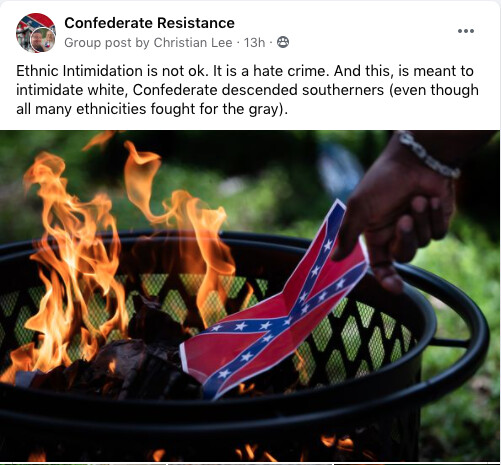Youtube comments section:
From a video about a woman who adopted an orphan duckling.
1 Like
Inside the US, stories like this are treated as bizarre when they aren’t just ignored.
Outside the US, stories like this are recognised as just stating the fucking obvious.
American self-perception is completely disconnected from reality.
3 Likes
That “killer robot” story:
Turkish, used against Libyans.
Functionally, it’s basically a flying landmine with a trigger zone extending as far as it can see.
2 Likes
The SDA (“Shoppies”) are notorious as the most useless and corrupt of the major Australian unions. They’re in the pocket of the big grocery chains that employ most of their members.
The 1912 Brisbane General Strike in Queensland, Australia, began when members of the Australian Tramway and Motor Omnibus Employees' Association were dismissed when they wore union badges to work on 18 January 1912. They then marched to Brisbane Trades Hall where a meeting was held, with a mass protest meeting of 10,000 people held that night in Market Square (also known as Albert Square, now King George Square).
The Brisbane tramways were owned by the General Electric Company of the United K...
The Brisbane tramways were owned by the General Electric Company of the United Kingdom. Despite this they were managed by Joseph Stillman Badger, an American, who refused to negotiate with the Queensland peak union body , then known as the Australian Labour Federation. After this rebuff a meeting of delegates from forty-three Brisbane based Trade Unions formed the Combined Unions Committee and appointed a General Strike Committee. The trade unionists of Brisbane went out on a general strike on 30 January 1912, not just for the right to wear a badge but for the basic right to join a union.
Within a few days the Strike Committee became an alternative government. No work could be done in Brisbane without a special permit from the Strike Committee. The committee organised 500 vigilance officers to keep order among strikers and set up its own Ambulance Brigade. Government departments and private employers needed the Strike Committee’s permission to carry out any work. The Strike Committee issued strike coupons that were honoured by various firms. Red ribbons were generally worn as a mark of solidarity, not only by people but also on pet dogs and horses pulling carts. Daily processions and public rallies were held to keep strikers occupied.
On the second day of the strike over 25,000 workers marched from the Brisbane Trades Hall to Fortitude Valley and back with over 50,000 supporters watching from the sidelines. The procession was described as being led by Labor parliamentarians, with the procession being eight abreast and two miles (3 km) long, with a contingent of 600 women. The strike spread throughout Queensland with many regional centres organising processions through their towns. The strike committee regularly issued an official Strike Bulletin to counter the expected anti-union bias in mainstream newspapers.
It was only when the strike spread to the railways that the Queensland government became concerned about the situation. At this juncture it banned processions, swore in special constables and issued bayonets to its police force. Commonwealth military officers and spare-time troops volunteered as special constables, and many of the specials wore their commonwealth uniforms into action.





